Not all essential oils are created equal, so to ensure that the oils you receive are always of the highest quality, it is important to know about the particular company’s dedication to sourcing
100% pure, unadulterated essential oils. If they are strictly tested using third party labs, you can
feel confident that you are using the very best oils for the health of you and your family.
Top brands will not sell anything that does not meet their highest standards so you can rest assured that each and every bottle you reach for will perform consistently and to the extent that
is intended. Only the top essential oil brands use these testing processes to ensure that their essential oils are safe to use. During several rounds of rigorous testing, essential oils are closely examined to ensure that they don’t contain any contaminants or harmful substances.
Pure oils are taken directly from natural sources and are harvested in optimal conditions by growers who are masters of their craft. These farmers have passed down their trade from generation to generation and their distilled oils do not contain processed or harmful ingredients.
In fact, the oils are often distilled right in the community where the plant grows so that the
farmers may receive fair and on-time wages.
Because essential oils are not regulated by the FDA, some companies add fillers and synthetic ingredients to their oils. When our bodies meet these synthetic oils, the desired effect of the oil may not be achieved and can sometimes do more harm than good. By choosing certified pure oils in your home and in your kitchen, you can enjoy the benefits, and peace of mind, of 100% natural essential oils.
Essential oils are the natural aromatic compounds found in plants, flowers, herbs, bark, roots, and leaves. They give plants their distinct smell, help the plant heal, and repel pests or attract pollinators. Humans have been using these oils for thousands of years in their beauty rituals, for courage in times of war, and in spiritual healing practices. Nature has provided us with everything we need, and by harnessing the power of these essential oils, we are able to support our health and vitality in the many ways that nature intended.
It is important to note that not all oils are created equally. Many companies use synthetic ingredients, fillers, or other substances to extend the shelf-life or dilute their oils. It is so important to use oils that are pure, potent, and effective for the best results—it’s a difference you can smell!
Before you use essential oils in your cooking, it is important to know how they have been produced, harvested, and distilled, and if they’ve been tested by the producer for possible contaminants or harmful substances. Because of the rise in popularity of essential oils, not all companies are committed to making sure that you are getting the most effective, most potent, and most pure essential oils.
Generally Recognized as Safe
The FDA has compiled a list of substances that have been identified as “Generally Recognized as Safe,” or GRAS, for use in food products. This list identifies substances that have substantial documentation of safe internal usage and includes essential oils.
The following oils are considered safe: basil, bergamot, black pepper, cassia, cinnamon, clary sage, fennel, geranium, ginger, grapefruit, juniper berry, lavender, lemon, lemongrass, lime, marjoram, melissa, oregano, peppermint, pink pepper, roman chamomile, rosemary, spearmint, tangerine, thyme, turmeric, orange, and ylang ylang.
Due to their chemical makeup, some essential oils should never be added to food or used internally. These oils and blends will not have the “Supplement Facts” panel on the bottle so no need to memorize! The following oils are not safe for cooking: arborvitae, cedarwood, cypress, douglas fir, eucalyptus, spikenard, white fir, and wintergreen.
Is it safe to consume essential oils?
Internal usage of essential oils has actually been practiced for centuries, and this is not a new concept or trend. The key to safe use is following proper safety guidelines, and always looking for the “Supplement Facts” panel on the side of the bottle. Like anything, essential oils only present risks when used improperly or in incorrect amounts.
Fruits, plants, and plant parts are already a natural and essential part of our diets, which makes it safe for our bodies to consume the oils since we are already well equipped to process them effectively. Like anything we consume, essential oils are ingested through the digestive system, enter the bloodstream, and are metabolized by the organs. Because our bodies recognize the essential oils as natural parts of our ideal human diet, they are easily processed and metabolized. Cooking with essential oils is simply a fun and convenient way to enrich the food we eat every single day.
How else do we use essential oils?
Essential oils can be enjoyed in three ways: aromatically, topically, and internally. Aromatic use is the most commonly thought of method, but it can be very beneficial to learn how to use these powerful oils safely both topically and internally.
Aromatic use means smelling and inhaling the essential oil through our sense of smell. This can be done by using a diffuser, or by simply dropping an oil into the palms and rubbing together before cupping around the nose and taking a few long, slow inhales.
Using essential oils topically means applying to the skin directly. Dilution is recommended for use with children, the elderly, and people with sensitive skin. Dilution does not diminish the effects of the essential oil; it simply distributes the essential oil over a larger surface area and increases absorption.
Use any carrier oil you like, such as fractionated coconut, jojoba, or avocado oil. This method can be effective when targeting a specific area such as sore knees, feet, back, or for absorption into a troubled area such as the abdomen for digestive support. Some oils have benefits related to the chakra areas as well, in which case applying to the intended area is useful. Applying oil to the bottoms of your feet, back of the neck, behind the ears, and insides of the wrists are great places for absorption into the body and through the sense of smell.
For internal use, it is important to use caution. Only oils with the supplement facts panel on the bottle are safe for internal consumption. Some oils like frankincense and peppermint can be dropped under the tongue. Other oils can be added to water for a pleasant experience, such as lemon or grapefruit. Oils that are commonly taken internally, such as Restful blend and Digestive blend are available in a convenient softgel form. Alternatively, you can easily make your own blend by using empty veggie caps and adding the oils of your choice.
You’ve likely been enjoying some internal benefits of essential oils without realizing it! The stomach calming effect of ginger, breath freshening power of peppermint, and lively flavor of fresh herbs are just some of the ways you have likely already enjoyed essential oils.
Why cook with them?

You might be wondering why you would want to cook with essential oils in the first place.
Can’t you just use the dried, ground, or fresh version of these plants and plant parts? The short answer is yes, of course you could.
But if you’re like me, you’re tired of throwing away bunches of rotten cilantro. You might find it cumbersome to peel around all the knobs on the ginger root, and even more so when it’s fibers clog your juicer. You might want to use lemongrass in your cooking, but can’t find it anywhere. Perhaps you’re already an avid essential oils user, but are scared to cook with your oils because
you just don’t know how. You love them so much, you believe in their power, and you want to
start ingesting them in more FUN and DELICIOUS ways!
These are the reasons why I wanted to learn how to effectively cook with essential oils. And when
I set out on my search for healthy recipes that fit my plant-based vegan lifestyle, I couldn’t find
very many that I was excited about. And so this book was born, or at least the seed was planted for me to begin the recipe writing process.
Each culinary essential oil that is featured in this book, is celebrated with recipes that highlight
the flavor that each imparts. Categorized by oil family, you’ll also find ideas for how else you might use essential oils to tackle all sorts of health challenges. You’ve got them in your home already, you might as well start to use them in the most well-loved room in the house—your kitchen!
What to know before you get cooking
Cooking with essential oils is so convenient because it takes far less of an essential oil to flavor your food than if you were using dry seasonings, spices, or flavoring agents. Often even a single drop of an essential oil can be too overpowering, especially with the strong oils, so even the tiniest amount can add a serious blast of flavor to your dish
In some recipes, it is appropriate to add an entire drop of essential oil but remember: once a drop has been added you cannot take it back. You can always add more to the dish if needed, so the toothpick method is recommended until you feel more comfortable cooking with essential oils.
The amount of essential oil added to a recipe depends largely on what kind of oil you are using, your personal taste preferences, and whether you are substituting the oil for raw, fresh, or dried ingredients. There are some guidelines that will help as you experiment with and enjoy cooking using essential oils.
It is best to add the essential oil toward the end of the recipe because the heat may lessen the efficacy and potency of the oil. The less time the oil is exposed to heat, the more flavor it will retain. If your recipe requires that you bake, steam, simmer, or boil, and you cannot add the essential oil at the end, simply add a larger amount of the oil, as some of the flavor will cook off. When cooking with strong oils like Oregano or Basil, it can be a good idea to let the oil simmer or evaporate to result in a milder, more pleasant flavor.
Use cookware and containers that are stainless steel, ceramic, or glass when cooking and mixing with essential oils because they can potentially damage some types of plastic. The flavor of the essential oil will strengthen overtime. So if preparing a dish ahead of time, add the oils just before serving to your family or guests.
Dilute in a Culinary Carrier Oil
Adding essential oils to a culinary carrier oil such as extra-virgin olive oil, avocado oil, hemp oil, flax oil, or grapeseed oil, etc is one of the best ways to flavor your dishes without overdoing it. Pour the carrier oil into a glass or metal dish and add the essential oils, the amount will vary depending on the essential oil used and the amount of carrier oil you are infusing. Once the oils are combined, drizzle it over your dish and enjoy the incredible flavor!
Mix in Good Quality Salt
Using salt as a medium to add essential oils to my recipes was such a game changer! By adding a few drops of essential oils to a few tablespoons of good quality salt, such as pink Himalayan or grey Celtic salt, you will be able to add potent flavor to your food, without adding much salt—it’s a win-win! In this book you’ll find many recipes for essential oil seasoning salts. Join me on social media @cheflaurendagostino to be among the first to know when I release my culinary make and take kit featuring these unique and flavorful salt blends!
Quick Kitchen Reference Guide
Hungry for an easy way to keep the basics handy as you get to cooking in your kitchen with essential oils? Download my Quick Kitchen Reference Guide as a free bonus for purchasing this cookbook at
www.laurendagostino.com/eocookbook.
The Toothpick Method
Using the toothpick method when you are starting out, or when handling potent oils like oregano or cinnamon bark, is a good idea. To extract a small amount of oil from the bottle, simply insert a clean toothpick into the center orifice, it will only go about one third of the way into the bottle. Swirl the toothpick into the dish you are infusing the essential oil into, such as a soup, frosting, or marinade. If a stronger flavor is desired, repeat the process with a clean toothpick each time, until you’re happy with the flavor. This requires tasting as you go, which I highly recommend forming a habit around if you’re not there already. The taste should never be a mystery when you sit down to eat!
Final Thoughts
Learning how to trust yourself in the kitchen while preparing meals is one of the most liberating things we can experience. I still reach for recipes and cookbooks for inspiration from time to time, but with a little practice, you won’t need to measure every single ingredient.
Remember that the recipes and ideas in this book are a starting place. What’s listed is what works for me and my family, so if there is an ingredient that you don’t care for or have access to, simply leave it out. If you get an idea to add something to any of the recipes, I encourage you to do so!
You know your body best, despite what you may think. So trust your instincts and your taste buds, put on some good music, get the diffuser going, and have the most fun preparing your food and cooking with essential oils!





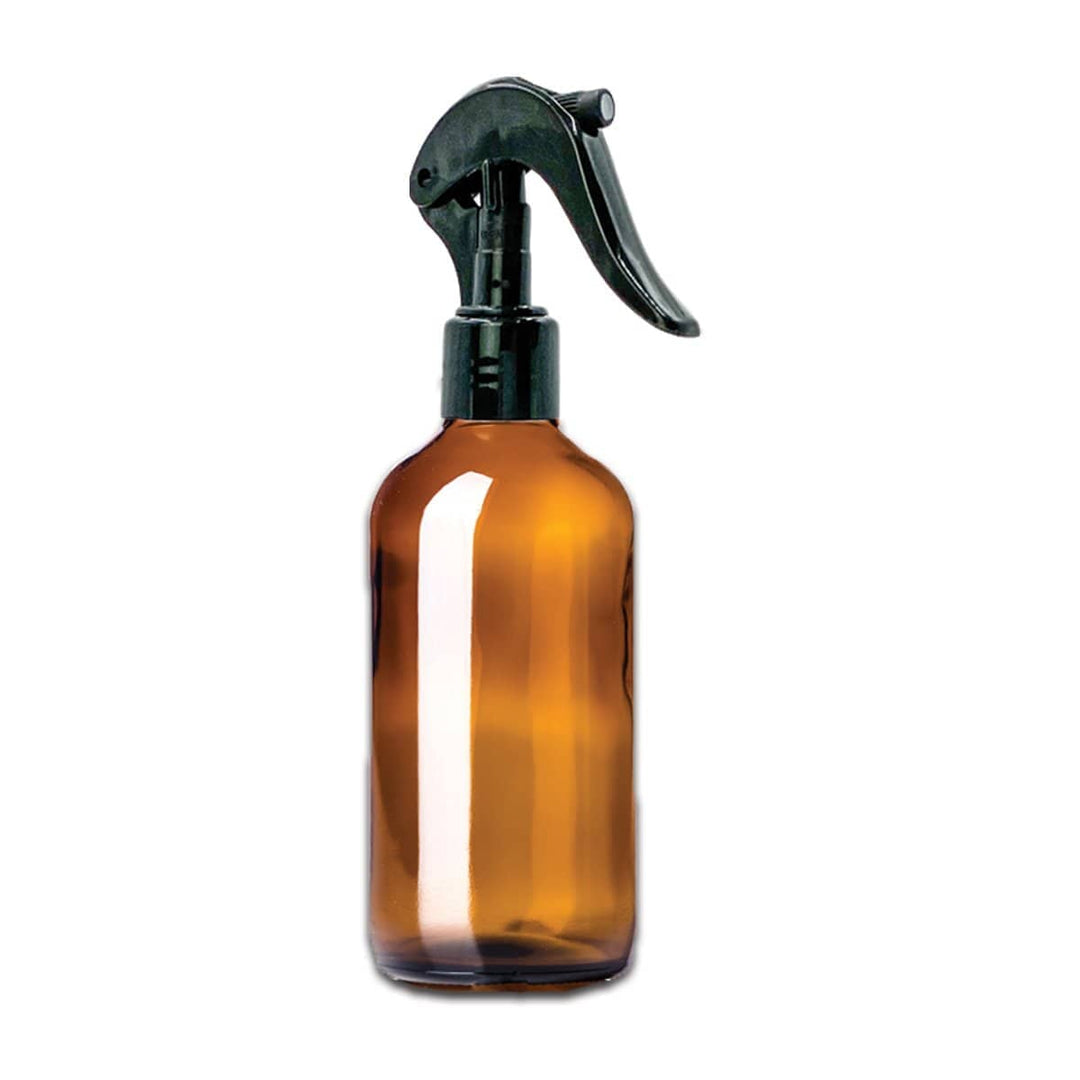
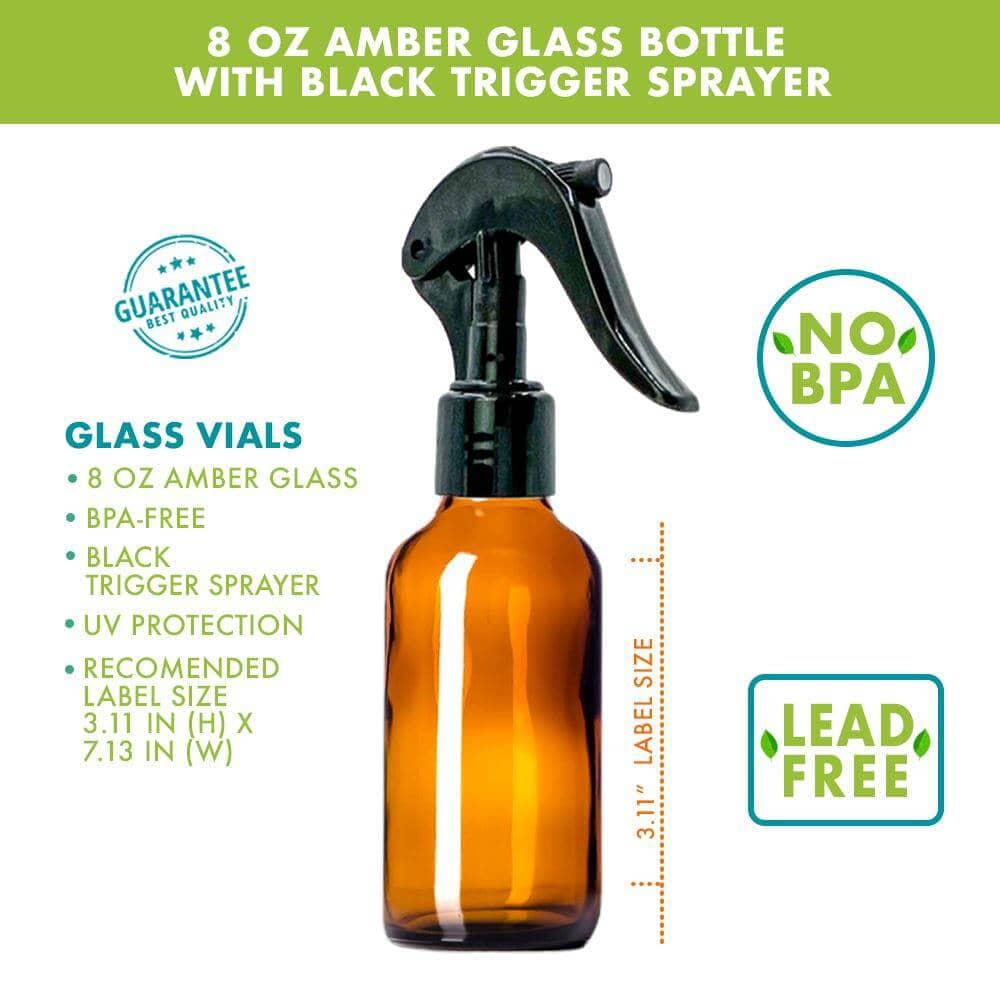

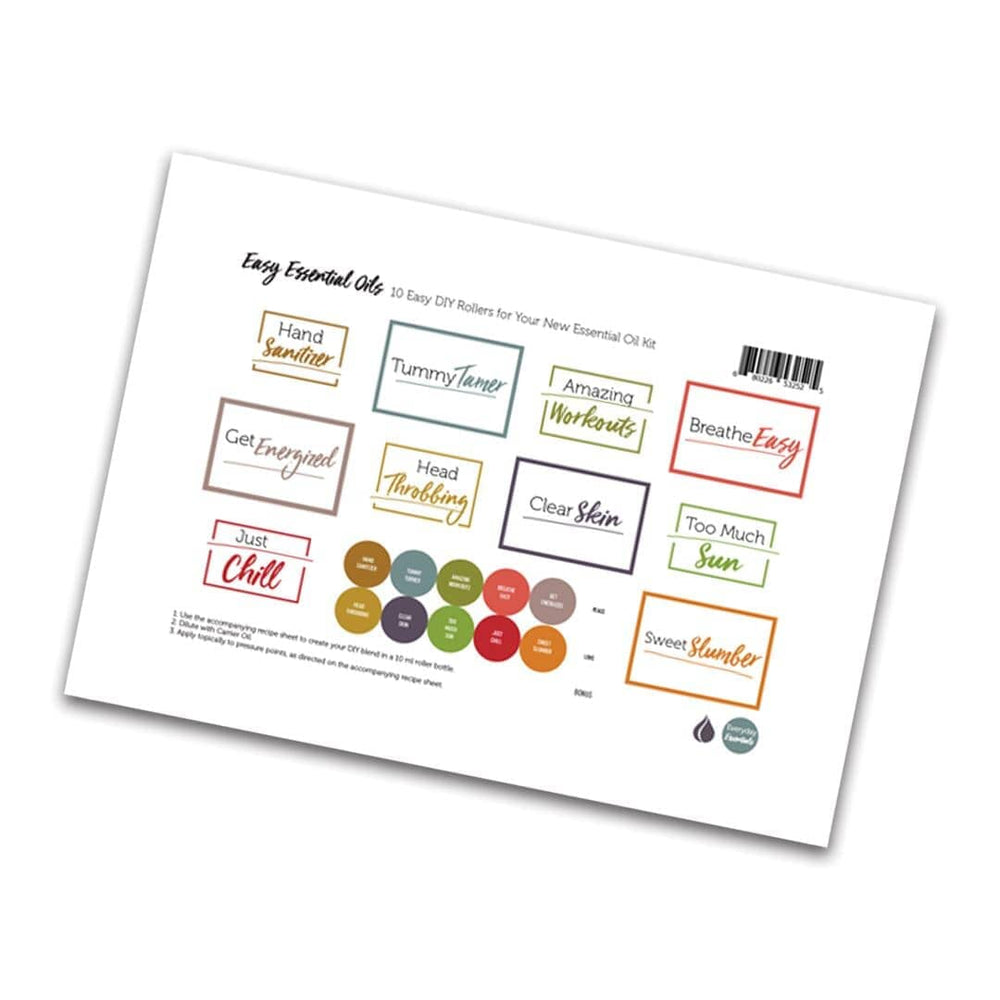


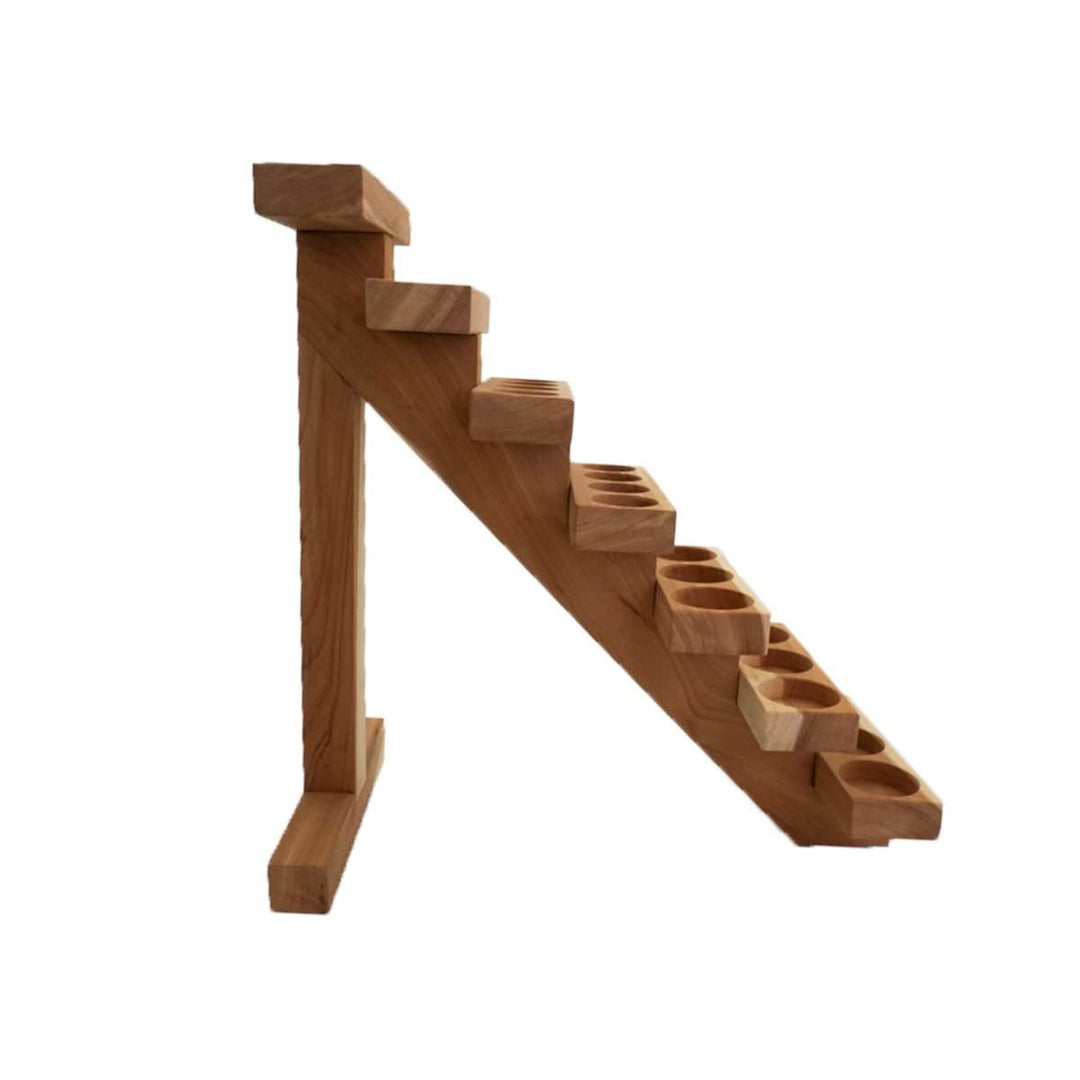
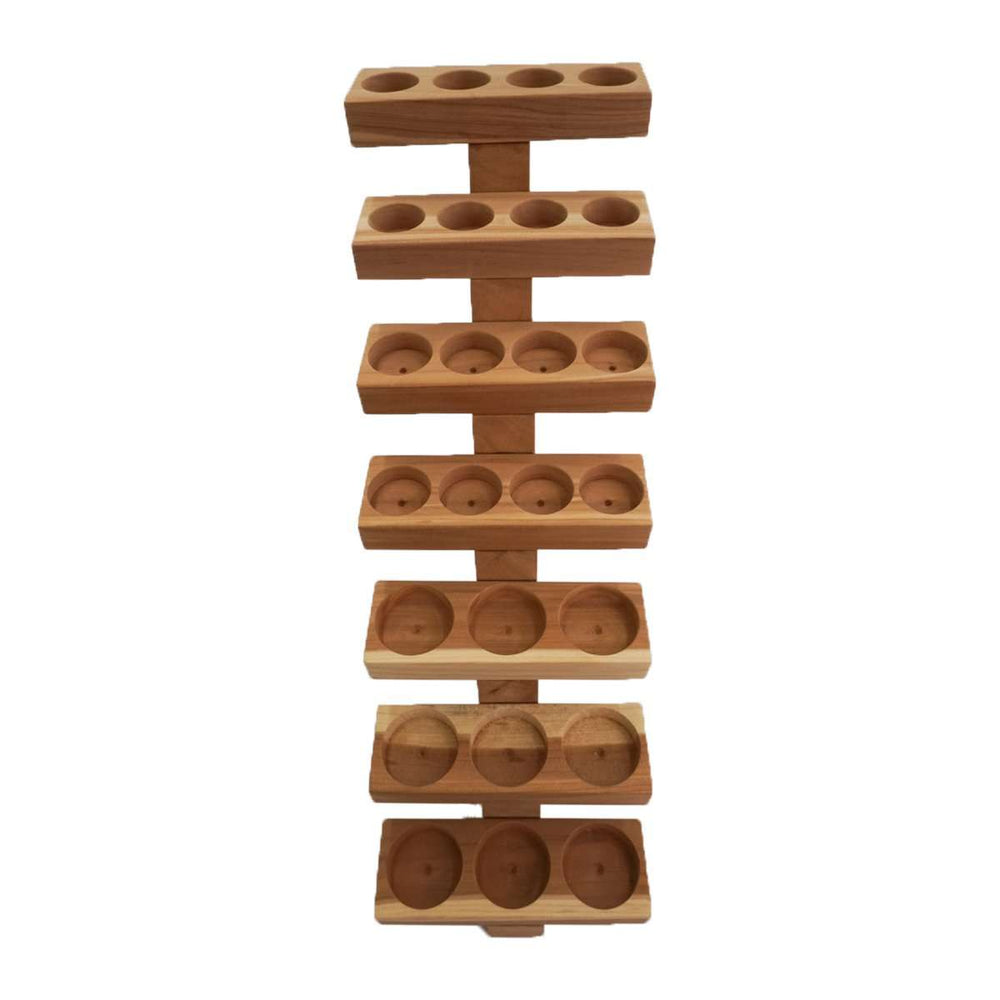






Leave a comment